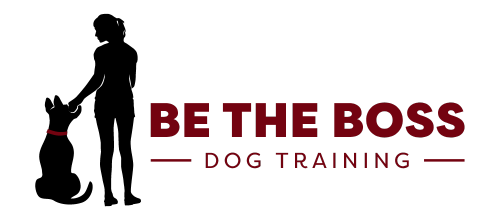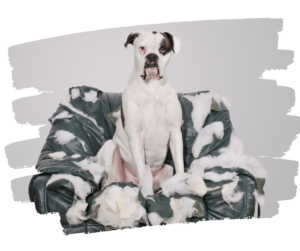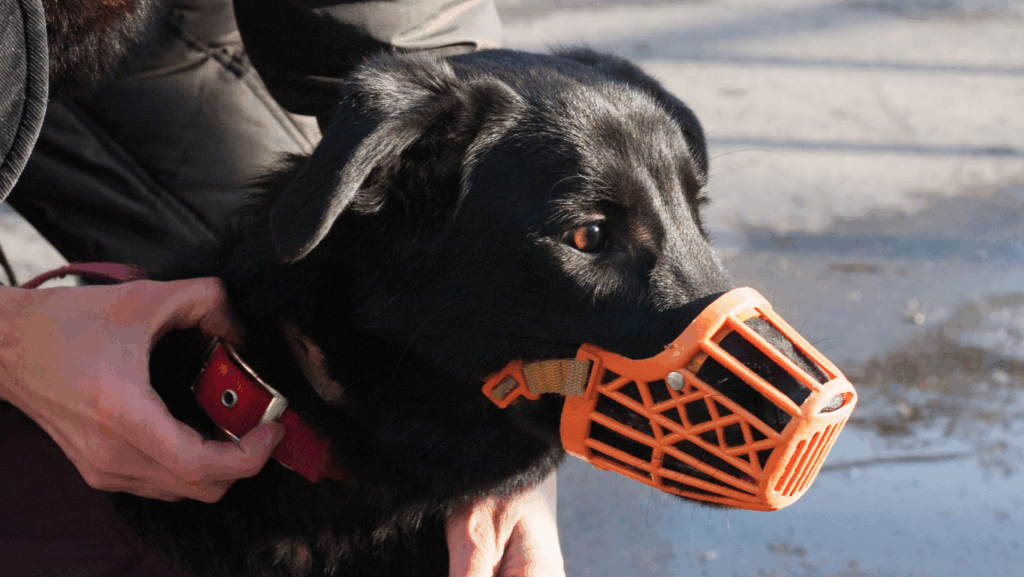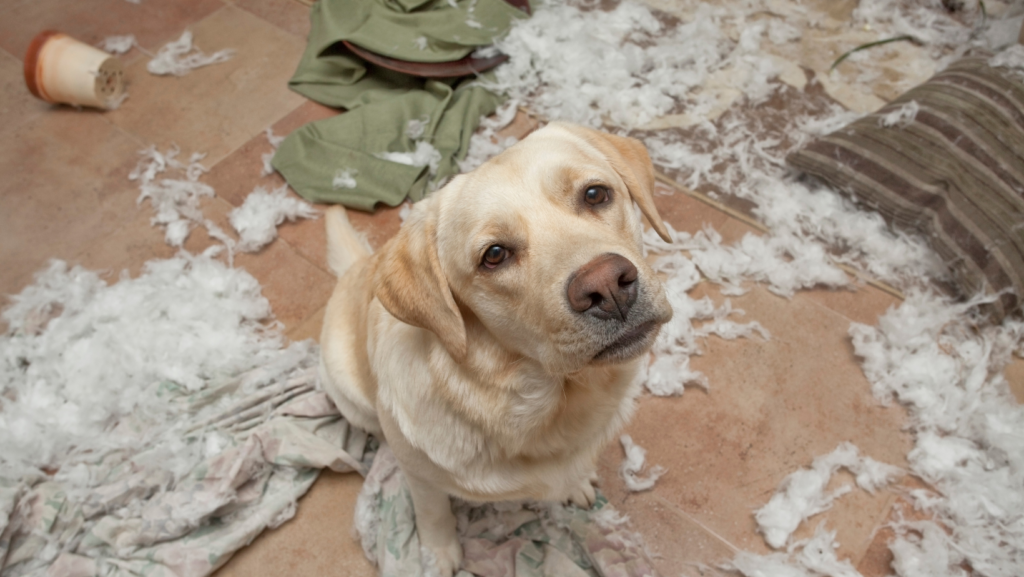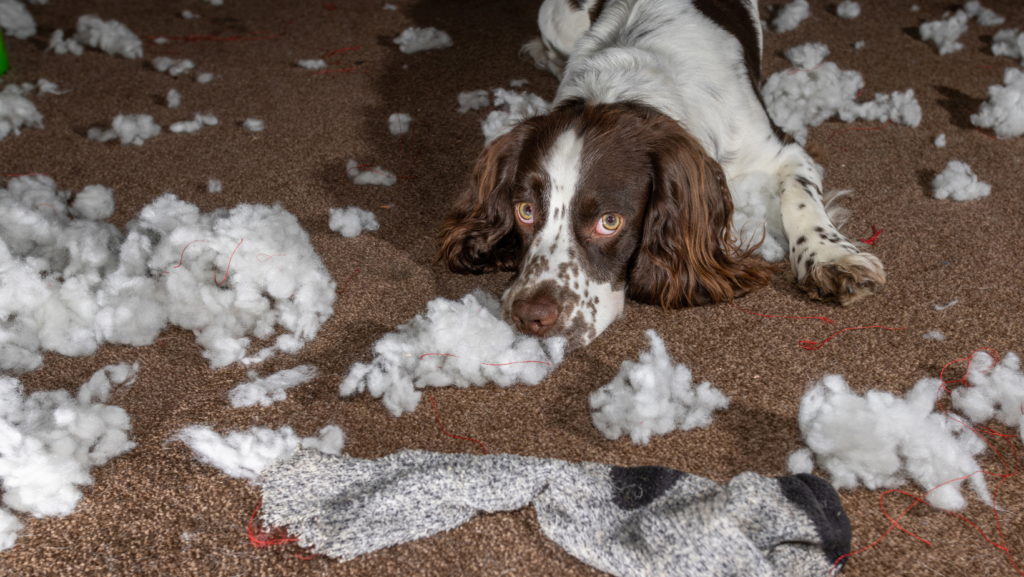Hey fellow dog lover! If you’re reading this, you probably know the all-too-familiar struggle of having a beloved furry friend who can’t resist chewing on everything in sight. Whether it’s your favorite pair of shoes, the corner of your couch, or even something as peculiar as the TV remote, dog chewing behavior can be both frustrating and perplexing. This comprehensive guide aims to help pet owners understand the underlying reasons for this behavior and provide practical solutions.
Chewing is a natural and instinctive behavior for dogs. It helps them explore the world around them. While puppies chew to explore and relieve the pain of teething, adult dogs may chew for various reasons, such as boredom, hunger, or even just enjoying the taste of something. Understanding what triggers your dog’s chewing behavior can lead to a customized approach. This understanding is vital for effective dog training and behavior modification.
Teaching your dog the “place” command can be a proactive approach to stop dogs from chewing. This command instructs your dog to go to a specific spot and stay there, keeping them away from temptation. It’s a powerful tool in dog obedience training that fosters focus and discipline. You can start this training by using treats or their favorite toy to guide them to the spot and reward them for staying there. This method helps build a positive association with the desired behavior and reinforces the training.
Even indoors, using a leash can be a helpful way to guide and monitor your dog’s behavior. Leashes aren’t just for outdoor adventures but can be valuable inside your home as well. With a leash, you have control to steer them away from household items they might find appealing. This method provides you with greater influence over your dog’s actions and helps in maintaining a chew-free home.

Joining a community of like-minded dog lovers can offer more personalized advice. At facebook.com/groups/dogsunleashedutahcounty, fellow dog owners in Utah County share wisdom, experiences, and encouragement. Connecting with a community provides a robust support network for handling dog chewing problems and offers additional insights into dog training and care.
Crating your dog might sound restrictive, but it can be a significant part of the solution. Often, dogs destroy household items simply because they have too much freedom. By crating them when you’re away, you can teach them boundaries. This training method helps in managing dog chewing behavior by restricting access to tempting objects. The crate provides a safe and cozy environment for your furry friend, akin to their personal den where they can relax. You can make the crate a positive space by adding their favorite blanket or toy, starting with short durations, and gradually increasing as they become comfortable.
Some dogs chew more than what seems normal, and this excessive chewing could be a sign of anxiety. In these cases, calming their brain becomes paramount. Understanding the root cause of anxiety, whether it’s separation anxiety, fear of certain sounds like thunder, or a general sense of unease, can help you address it more effectively. Crating or using the “place” command can help soothe those nerves and establish a routine. Engaging your dog with toys designed to challenge their brains, like puzzle feeders, can also redirect that anxious energy into something constructive. These tactics, coupled with professional guidance, can make all the difference in managing anxiety-induced chewing.

Speaking of professional assistance, contacting a reputable dog training service like Be the Boss Dog Training can guide you through this chewy challenge. Their professional dog training team uses evidence-based techniques to build a relationship of trust and understanding with your canine friend. Training is not just about obedience but also about fostering a loving relationship between you and your pet.
As you embark on this journey to create a chew-free home, understanding your dog’s needs, engaging them with interactive toys, ensuring regular exercise, reviewing their feeding schedule, and providing suitable chew toys that satisfy their needs can be vital components. A tired dog is a well-behaved dog, as they say! Daily walks, playtime in the yard, or a good game of fetch can go a long way in keeping your pup satisfied and less likely to chew.
Remember, you’ve got control, and you can be the boss of this situation! Whether it’s puppy chewing or adult dog chewing, understanding your dog’s needs, providing them with appropriate outlets, and being consistent in your approach will set you on the path to success. Persistence, patience, and love will help you build a lasting bond with your furry friend.
Feel free to reach out to the community at facebook.com/groups/dogsunleashedutahcounty for more tips, guidance, and support. Sometimes, an expert’s view from professional services like Be the Boss Dog Training can make all the difference.
So, take a deep breath and know that you’ve got this! With love, patience, persistence, and the right approach, you and your furry friend can enjoy a beautiful, chew-free relationship. Happy training! By understanding the underlying causes, implementing strategies, and engaging with communities and professionals, you’ll be well on your way to overcoming dog chewing problems and enjoying a happy, chew-free home with your four-legged friend.
Chew-Free Home Strategies
Dealing with a chew-happy dog doesn’t have to be a never-ending battle. With patience, the right approach, and sometimes professional help, you can enjoy a peaceful, chew-free home.
- Engage Them with Interactive Toys: Providing engaging toys keeps them occupied, reducing the temptation to chew household items.
- Regular Exercise: A tired dog is a well-behaved dog. Daily walks and playtime can keep your pup satisfied and less likely to chew.
- Diet Review: Hunger can trigger chewing. Reviewing their feeding schedule and diet ensures that they are getting the nourishment they need.
- Positive Reinforcement: Reward good behavior with treats and affection, reinforcing what’s acceptable to chew.
- Understand Your Dog’s Needs: Recognizing the triggers of your dog’s chewing behavior leads to a customized approach.
- Provide Suitable Chew Toys: Offering chew toys that satisfy their need to gnaw can be a simple solution
